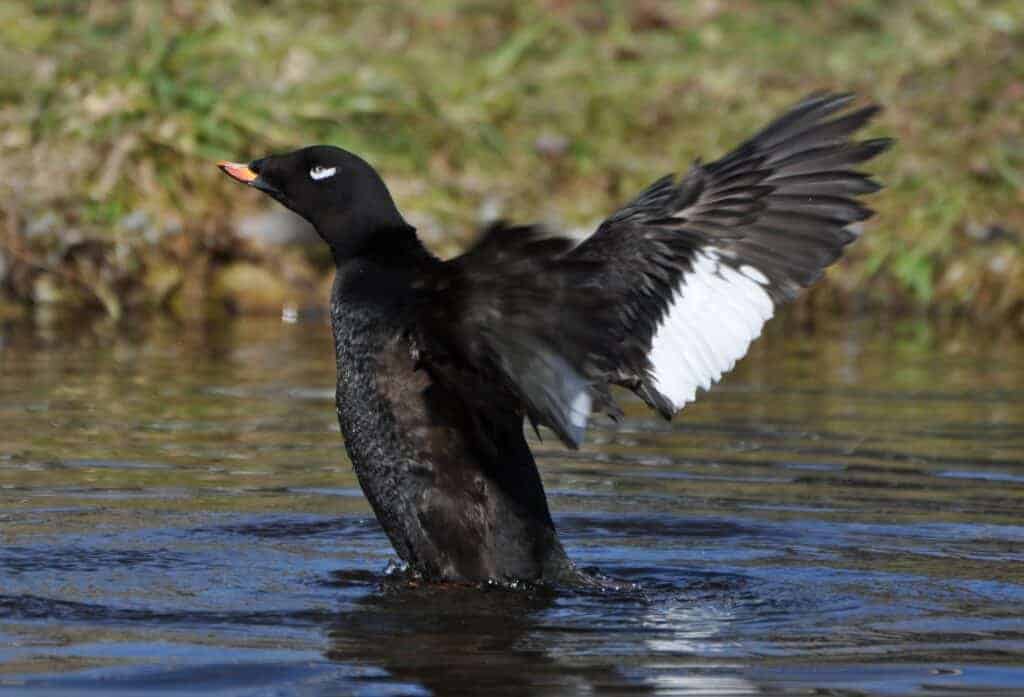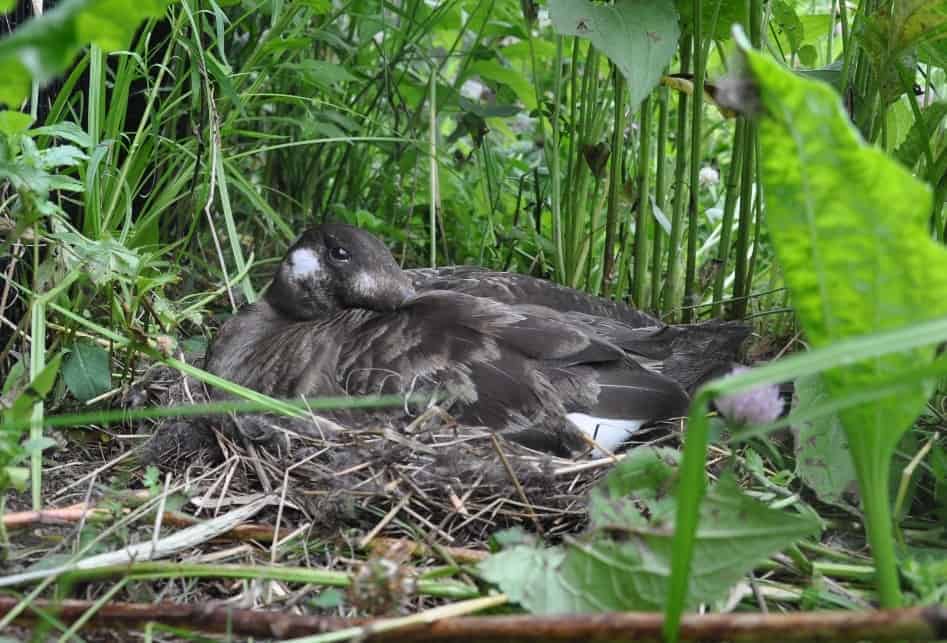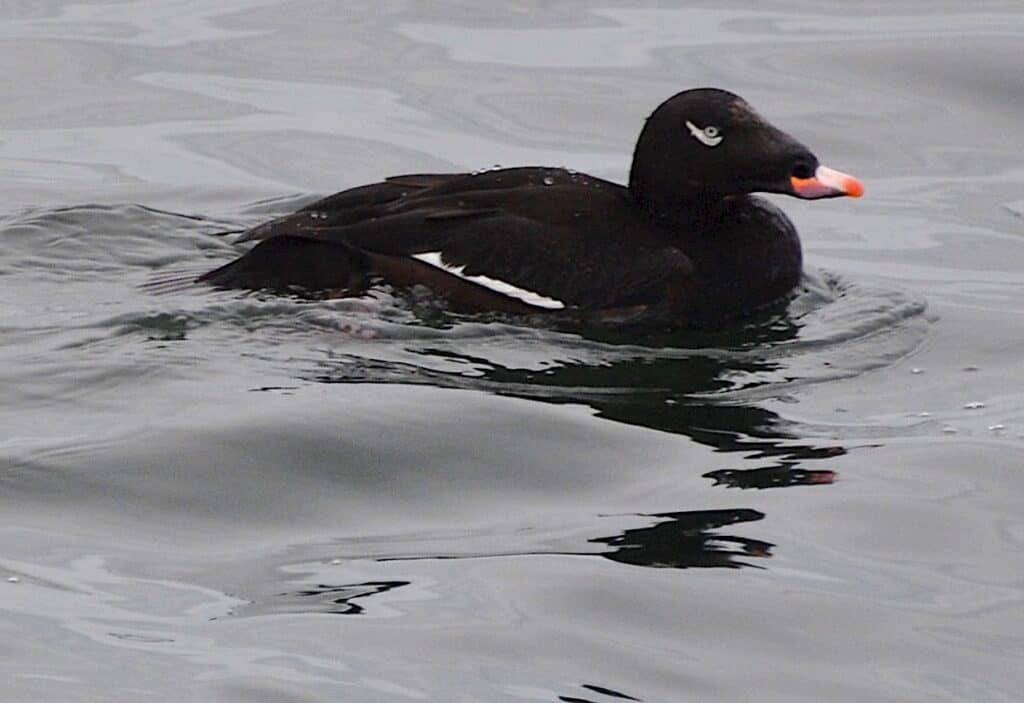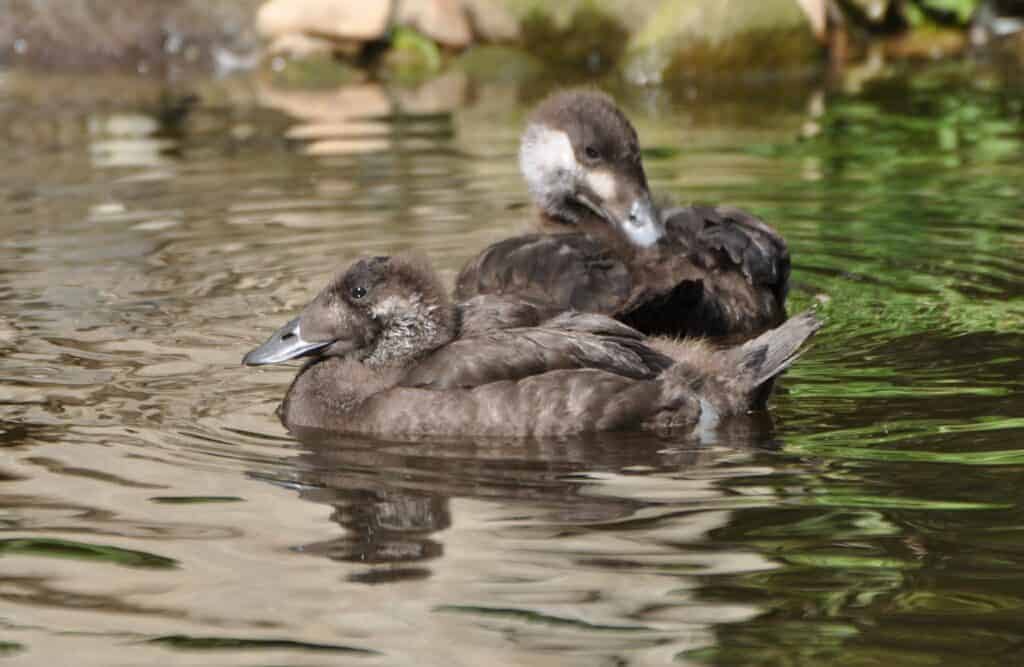White-winged Scoter


Melanitta deglandii
The White-winged Scoter is the North American counterpart of the Velvet Scoter, the two have long been lumped together as the same species. Modern taxonomy, however, separates them, as they rarely come into contact with each other; this species breeds chiefly in eastern Canada north to Alaska, with birds wintering on both Pacific and Atlantic coasts. Stragglers occur regularly but rarely around the coast of Britain, with most records in May and June, mixed in with moulting flocks of Common Scoters.

The clue to telling a drake Velvet Scoter from the closely related White-winged is the beak. The former has a long strip of orange-yellow along the top of the beak, but on the latter it is pinkish-red, with a dab of yellow under the nostril. In addition, the white eye patch on the White-winged is larger and curls up at the rear behind the eye.

Like the Velvet Scoter, the White-winged is rarely seen in European collections. Nesting is often on a secluded island or under a bush or crevice near water. 5-17 buff or pinkish eggs can be laid in a hollow lined with sticks and down. The average clutch size in the wild is 9, though where populations are dense, females may dump eggs in other White-winged nests. Incubation is 25-30 days and the female defends her young fiercely for 2 or 3 weeks, but will often abandon them shortly afterwards. The abandoned young can gather in large groups when this happens.
Share this page